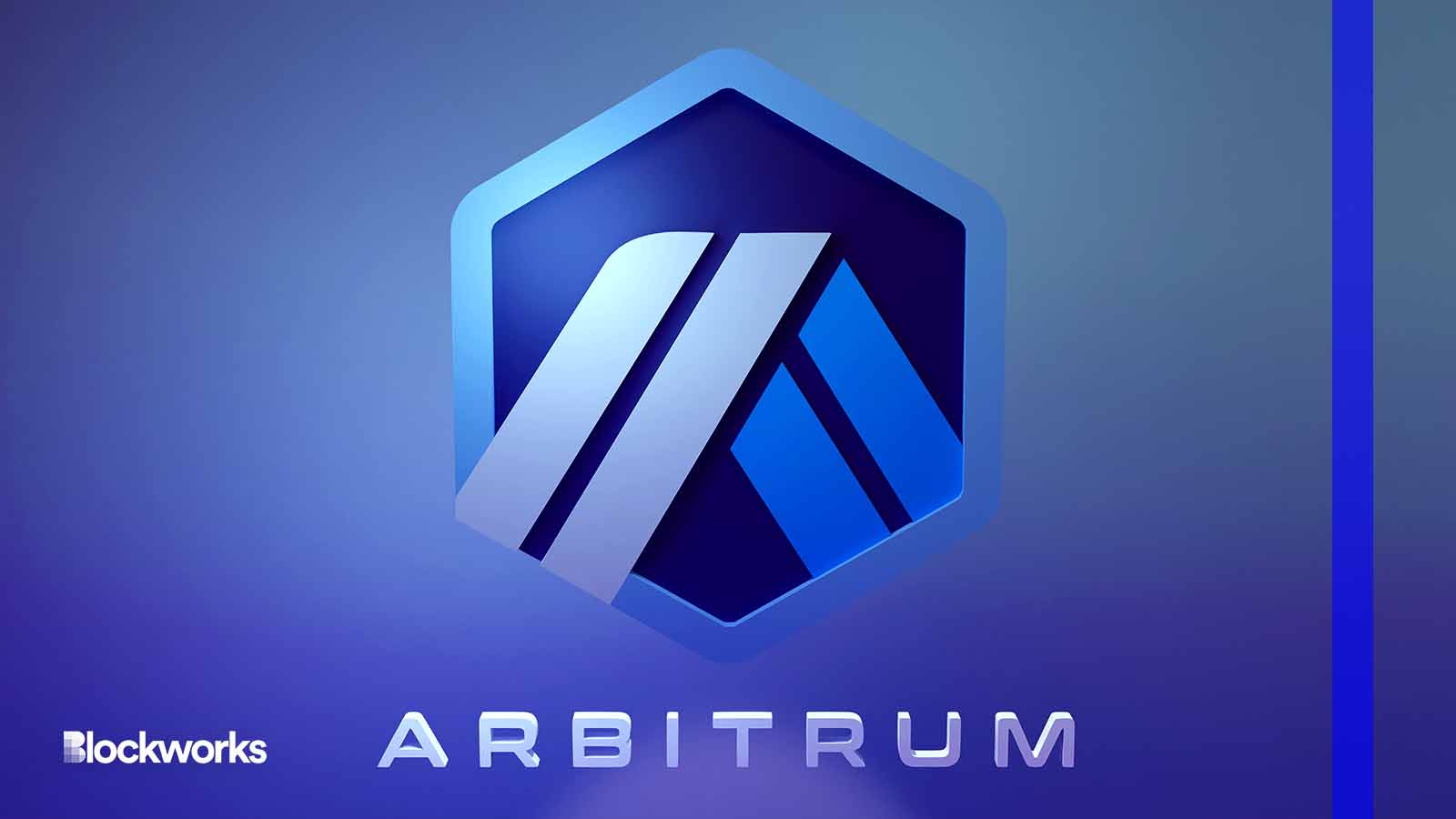Vertex protocol founders consider cross-chain trading solutions
The trick is to have all the liquidity and trading happening in one place, Tabatabai says

CryptoFX/Shutterstock modified by Blockworks
Arbitrum is where the action is, according to Vertex co-founder, Alwin Peng.
The decentralized trading platform has settled into its new home on the Ethereum-based layer-2 network, bidding farewell to the Cosmos appchain environment earlier this year.
Peng pulls no punches when asked about the decision to relocate. “From the perspective of a team trying to build a product that actually has users, “ he says, “Cosmos didn’t seem like it was going to make it.”
He points out that “all the top blockchains” run on the Ethereum Virtual Machine (EVM) with the majority of total value locked (TVL) residing in the Ethereum ecosystem. Building on Arbitrum has a “really good chance of being able to build on something and having that work matter,” according to Peng.
Speaking to Blockworks on the 0xResearch podcast (Spotify/Apple), Peng explains that when the Vertex protocol transitioned to Ethereum, Arbitrum “happened to be the most performant EVM chain at that time that also had TVL.”
The Vertex decentralized exchange is “capital efficient” as well as fast and easy to use, he says. Users can trade on Vertex “as if you would trade on a centralized exchange,” according to Peng.
Vertex, he says, is “something that looks like a centralized exchange, feels like a centralized exchange, but just so happens to be decentralized.”
Peng emphasizes that while users maintain custody of their assets, the exchange does centralize certain aspects of its offering to ensure rapid trading performance. “We can process all trades and order placements optimistically on our own server and that way, you’re not waiting for a light to travel from different nodes to each other and all of them to reach consensus.”
“Centralized servers are fast — and we like that,” he says.
Cross-chain messaging for multi-chain trading
Vertex co-founder Darius Tabatabai says that the team would like to be able to provide assets across multiple chains at some point in the future. “Logically,” he says, “you want all your liquidity and trading to be happening in one place.”
“You want all your capital on each account to be accounted for in one place as well to keep the capital-efficiency.”
For this reason, Tabatabai rules out a Uniswap-style model “where you just fork the code and put a different version of the code on 20 different chains.” Instead, he anticipates using a cross-chain messaging service. Wormhole interoperability technology could bring in assets, take deposits on different chains, and bring them to Arbitrum, where user accounts would interact with the Arbitrum instance of the protocol, he explains.
“Any time they want to withdraw,” he says, “they withdraw to their home chain.”
“It’s quite a big piece of work,” Tabatabai admits, “but [Peng] is probably the guy to do it, given that he worked on Wormhole previously and has exposure to this from previous roles.”
“We haven’t got the exact plan mapped out, but we’re pretty confident we can do something decent in that space.”
Peng explains how performance would be maintained in a cross-chain environment. “Most of the things that people sign don’t end up on-chain,” he explains. “It just goes to our matching engine directly.”
Peng uses an example of a user moving from the Optimism chain to trade on Vertex, illustrating the “ideal user experience.” The user would send the transaction on Optimism to make a deposit and on the backend, it would be bridged to Arbitrum. “They are not exposed to the bridge in UX, at all.”
It might take around two minutes, according to Peng, for the assets to switch over to Arbitrum, “and then after that, they can just trade normally, as if it was a centralized exchange.”
Get the news in your inbox. Explore Blockworks newsletters:
- The Breakdown: Decoding crypto and the markets. Daily.
- 0xResearch: Alpha in your inbox. Think like an analyst.






